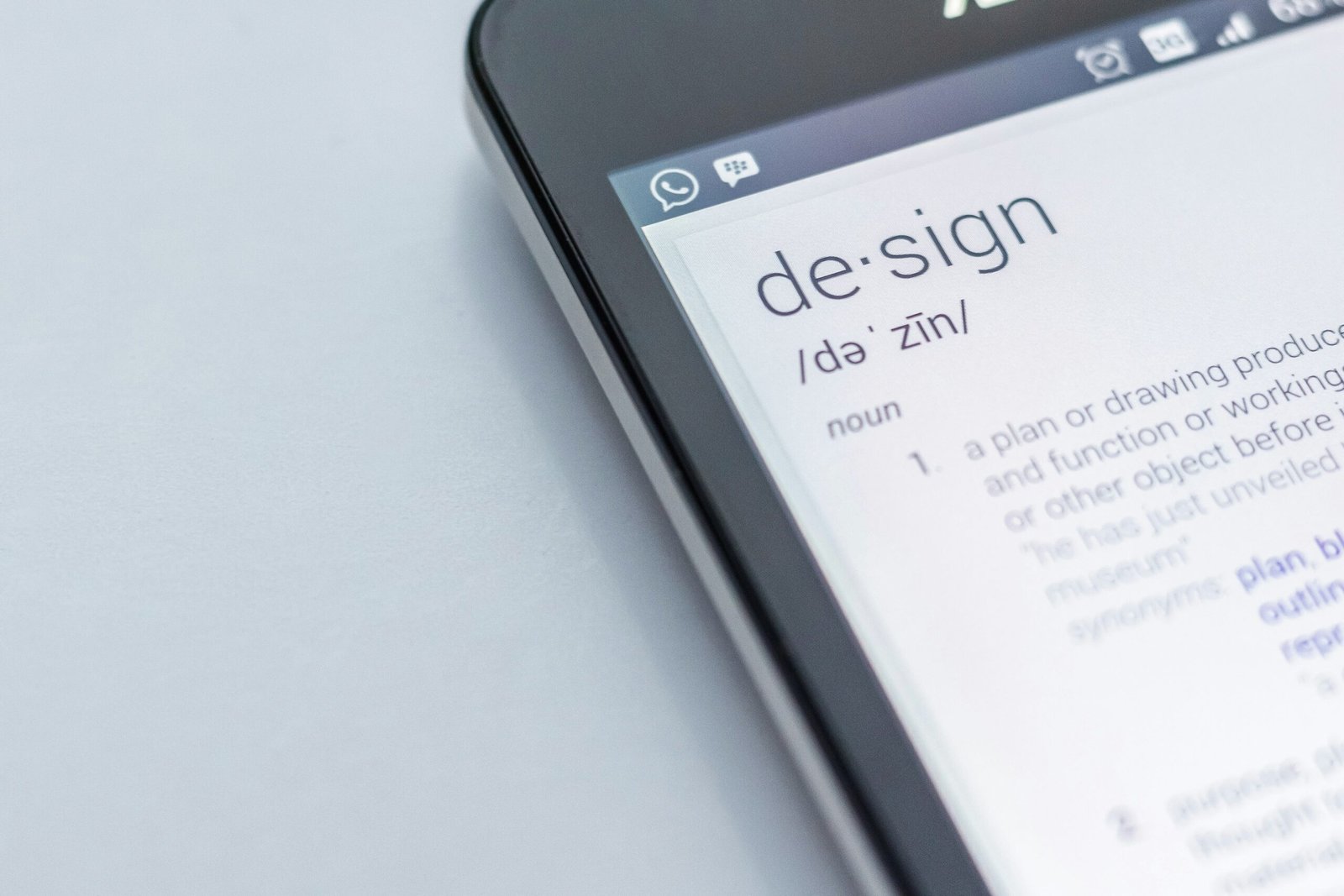
The Emerging Talents Shaping the Future of Design
As the design industry continues to grow and evolve, it is crucial to recognize and celebrate the emerging talents who are shaping its future. These rising stars are not only bringing fresh perspectives and unique aesthetics to the table, but they are also challenging traditional design norms and pushing boundaries in ways that have never been seen before.
Multidisciplinary Designs and Blending Disciplines
One of the most fascinating aspects of the emerging design talent is their ability to seamlessly blend different disciplines and create innovative and multidisciplinary designs. Whether it’s combining fashion and architecture, art and technology, or graphic design and product design, these designers are breaking down the barriers between different fields and creating truly groundbreaking work.
Experimentation with Materials, Techniques, and Technologies
Furthermore, the emerging design talents are not afraid to experiment with new materials, techniques, and technologies. They are constantly pushing the limits of what is possible and finding new ways to create visually stunning and functional designs. From 3D printing to sustainable materials, these designers are embracing the latest advancements in technology and using them to their advantage.
Social and Environmental Responsibility
Another notable characteristic of emerging design talents is their commitment to social and environmental responsibility. Many of these designers are using their platforms to raise awareness about important issues such as climate change, inequality, and sustainability. They are creating designs that not only look good but also have a positive impact on the world.
Redefining Design and Embracing Collaboration
Lastly, the emerging design talents are not just creating beautiful objects; they are also redefining what it means to be a designer. They are embracing collaboration, community, and inclusivity, and are actively seeking out opportunities to work with other designers, artists, and creatives. They understand that the best designs often come from a collective effort and are willing to put their egos aside to create something truly extraordinary.
The Importance of Emerging Design Talents
In conclusion, the world of design is constantly evolving, and the emerging talents are at the forefront of this evolution. Their fresh perspectives, unique aesthetics, and boundary-pushing designs are shaping the future of the industry. By celebrating and supporting these rising stars, we can ensure that the world of design continues to thrive and inspire for years to come.
5. Entrepreneurial Mindset
In addition to their creative abilities, emerging design talents often possess an entrepreneurial mindset. They understand the importance of marketing, branding, and business strategy in the design industry. They are not only skilled at creating visually stunning designs, but also at promoting and selling their work to a wider audience.
6. Sustainability Consciousness
Emerging design talents are increasingly aware of the environmental impact of their work. They prioritize sustainability in their design process, seeking out eco-friendly materials and practices. They strive to create designs that are not only aesthetically pleasing but also environmentally responsible.
7. Continuous Learning
One of the defining characteristics of emerging design talents is their thirst for knowledge and continuous learning. They are constantly seeking opportunities to expand their skills and stay updated with the latest design trends and technologies.
Notable Emerging Design Talents
4. David Chen
David Chen is a rising star in the field of architecture, with a unique approach that combines sustainability and cultural preservation. His designs seamlessly blend modern elements with traditional architecture, creating spaces that are not only aesthetically pleasing but also environmentally conscious.
5. Emily Rodriguez
Emily Rodriguez is an emerging interior designer known for her innovative use of space and materials. Her designs push the boundaries of traditional interior design, creating unique and functional spaces that inspire and delight.
6. Alex Nguyen
Alex Nguyen is a young industrial designer who is making waves with his innovative product designs. His creations combine functionality, aesthetics, and technological advancements to create products that enhance the user experience.
The Future of Design
These rising stars in the world of design are pushing boundaries, challenging norms, and creating innovative solutions. Their unique perspectives and fresh approaches are shaping the future of design, and they are definitely ones to watch in the coming years.
Furthermore, the future of design will also be heavily influenced by the integration of artificial intelligence (AI) and machine learning. As technology continues to advance at an unprecedented rate, designers will have access to powerful tools that can analyze data, predict trends, and generate design concepts.
AI-powered design systems will revolutionize the creative process, enabling designers to automate repetitive tasks and focus on more strategic and innovative aspects of their work. These systems will be able to learn from user feedback and adapt to individual preferences, creating personalized and tailored design experiences.
Moreover, the future of design will see a shift towards more immersive and interactive experiences. Virtual reality (VR) and augmented reality (AR) technologies will enable designers to create virtual environments where users can engage with products and spaces in a completely new way.
Another important aspect of the future of design is the growing focus on inclusivity and diversity. Designers are increasingly recognizing the importance of creating products and spaces that are accessible to people of all abilities, ages, and backgrounds.
Designers will need to consider factors such as universal design principles, accessibility guidelines, and cultural sensitivities to ensure that their creations are inclusive and considerate of diverse needs. This shift towards inclusive design will not only lead to more equitable and user-friendly products but also foster a more inclusive and diverse design community.
In summary, the future of design is bright and full of exciting possibilities. With the integration of AI and machine learning, the rise of immersive technologies, and the growing focus on inclusivity and diversity, designers will have unprecedented opportunities to shape the world around us. By embracing these advancements and staying true to their creative instincts, emerging design talents will continue to push the boundaries of what is possible and inspire the next generation of designers.

